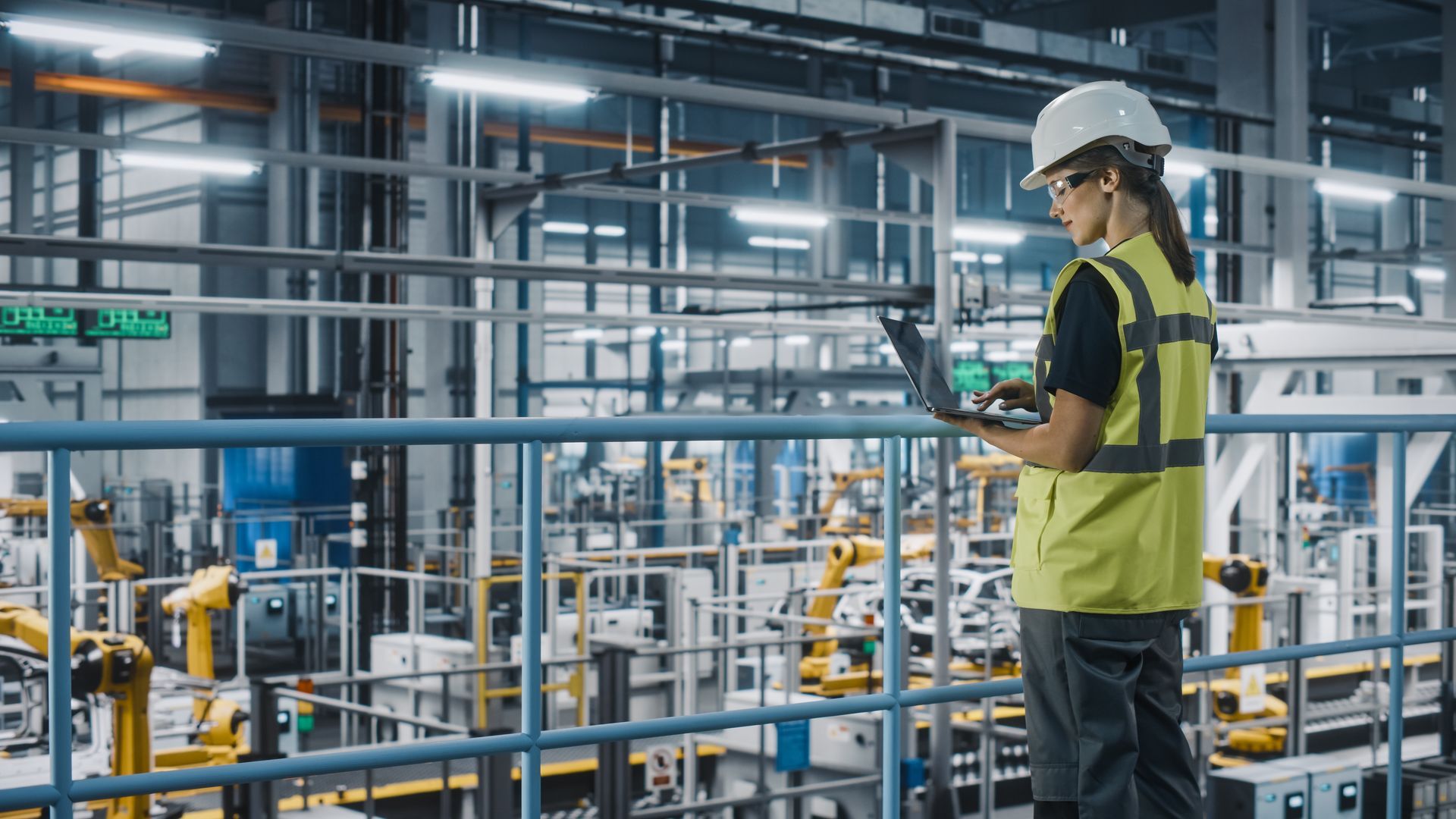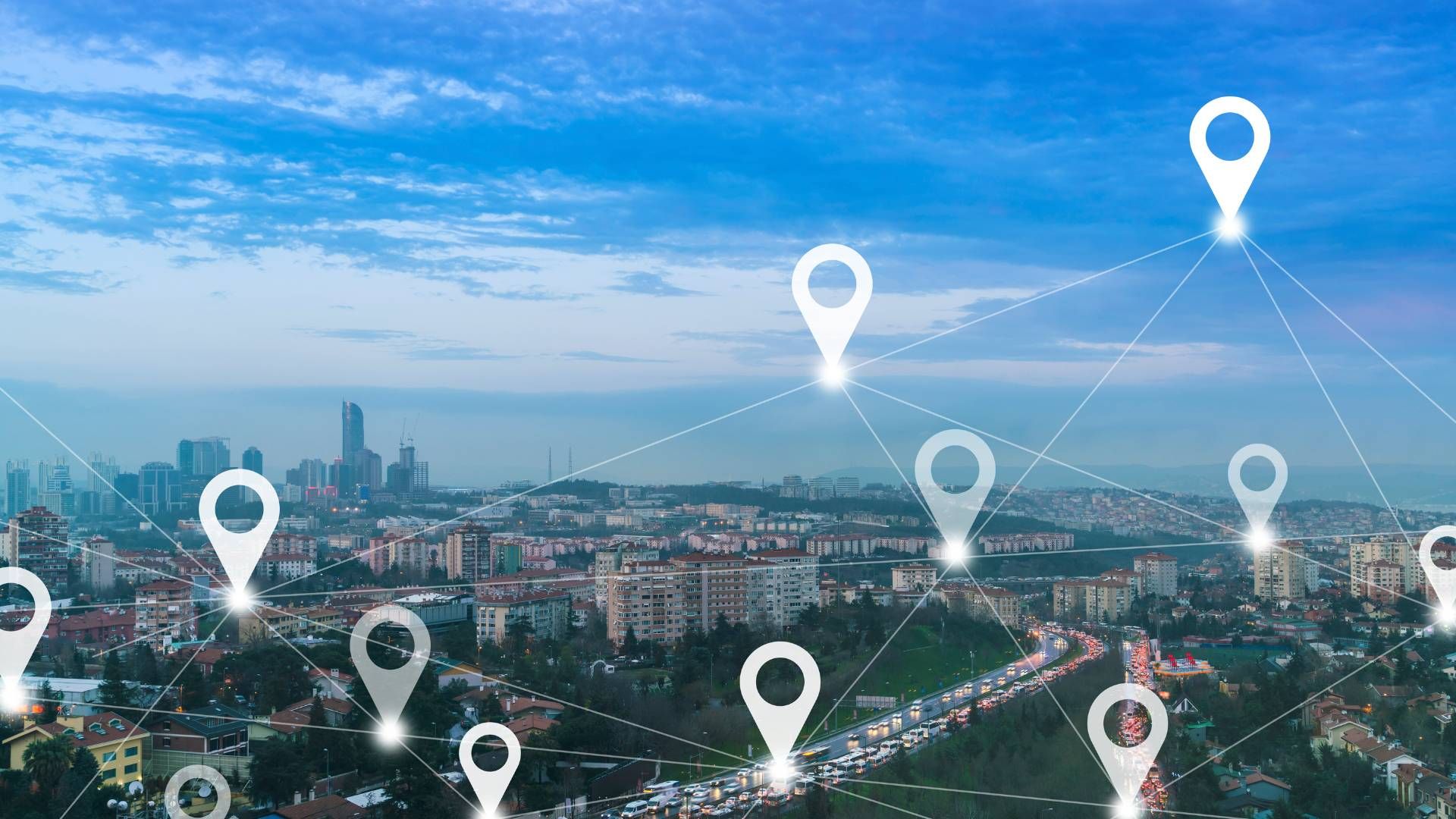From Pallets to Platforms: How Reusable Containers Became Digital Infrastructure
At the end of the Second World War, American military planners left millions of standardized pallets in Australia. They were bought for a steal by a little-known firm called Brambles.
The company set about renting them to manufacturers, growers and retailers who, until then, relied on flimsy one-way pallets.
Customers appreciated the higher quality and the convenience of Brambles collecting empties. Reuse proved cheaper than disposal, enabling Brambles to offer a better product at lower cost while turning a tidy profit.
The model flourished. Brambles became a giant, running a pool of hundreds of millions of pallets. Many other pooling companies were founded in their wake. Today, billions of reusable containers, from grocery crates to roll cages to boxes for car engines, circle the globe.
Prospects for further growth are strong: the fleet of reusable containers remains far smaller than the 100s of billions of cardboard boxes used annually. Environmental goals and regulations such as the EU’s Packaging and Packaging Waste Regulation (PPWR) provide further tailwinds.
Yet reality often falls short. Reuse is cheaper only if containers are recovered quickly and redeployed many times. A lost container is a costly one. In open supply chains, losses and delays are routine.
Why containers go astray
Modern supply chains, whether retail, automotive or electronics, span sites owned by several firms, each with their own IT systems. These systems can track operations locally but are blind to what happens upstream or downstream. Once a container leaves one site, visibility can be lost.
This is not only a problem for container management. Firms hunger for information on the whereabouts and condition of goods in transit. Separate company data silos make it very difficult to obtain.
Too often, reusable containers are treated as an unwelcome compliance cost, the price of ESG pledges and regulatory diktats. What if, instead, they became a source of profit and competitive advantage?
Containers as a digital platform
Factories, farms, warehouses and stores may be run by different firms, but they share one thing: a common pool of reusable containers. Crates and pallets circulate through every corner of the supply chain.
Once fitted with sensors, they cease to be passive carriers and become roving data collectors, capturing information across organizational boundaries. In doing so, they could dissolve silos and form the backbone of a new layer of digital infrastructure.
The promise is clear: a supply chain made visible, predictable and efficient. To achieve it, trackers must meet daunting requirements: cheap enough to ride on low-value containers, smart enough to work everywhere without bespoke infrastructure, and durable enough to last the five to ten years of a container’s life. Meeting those demands would turn an old logistics workhorse into the foundation of tomorrow’s digital supply chain.
The Sensize Tracking System
Sensize has designed its tracking system around these constraints. It relies on two innovations:
- Parent/Child networking
Cellular connectivity is ubiquitous and requires no fixed infrastructure. But cellular trackers are too costly to fit to every low-value container. Bluetooth trackers are far cheaper, but their short range (around 50 m) limits them to individual sites. Sensize combines the two.
Most containers are fitted with low-cost Bluetooth Child sensors. A small fraction carries cellular Parent sensors. These parents collect data from nearby children and upload it via the mobile network. Because the parents travel with the fleet, coverage extends across the supply chain without the need for fixed infrastructure.
- Collaborative networking
Supply chain sites hold many container types, such as crates, pallets and roll cages, often from multiple suppliers. If firms are using Sensize’s system, they can share the load –a parent tracker on a crate can collect data from a child tracker on a pallet, and vice versa. Data is uploaded, decrypted and delivered to the relevant supplier. Costs are effectively pooled, producing broader coverage than any one organization could manage alone.
When assets become insights
What began in the 1940s as a practical way to reuse military surplus has become one of the most important building blocks of modern logistics. Brambles worked out how to turn leftover wood into profit, while saving customers money. Digitized containers repeat the trick, although now the profit comes from data rather than wood.
In an era of regulatory pressure and fragile supply chains, firms that grasp the opportunity and transform their boxes and pallets into roving sensors will not only cut losses but also gain visibility into flows of goods that competitors still struggle to find. What was once seen as a compliance burden may yet become the backbone of a profitable digital platform economy.
Share this post by clicking below...








